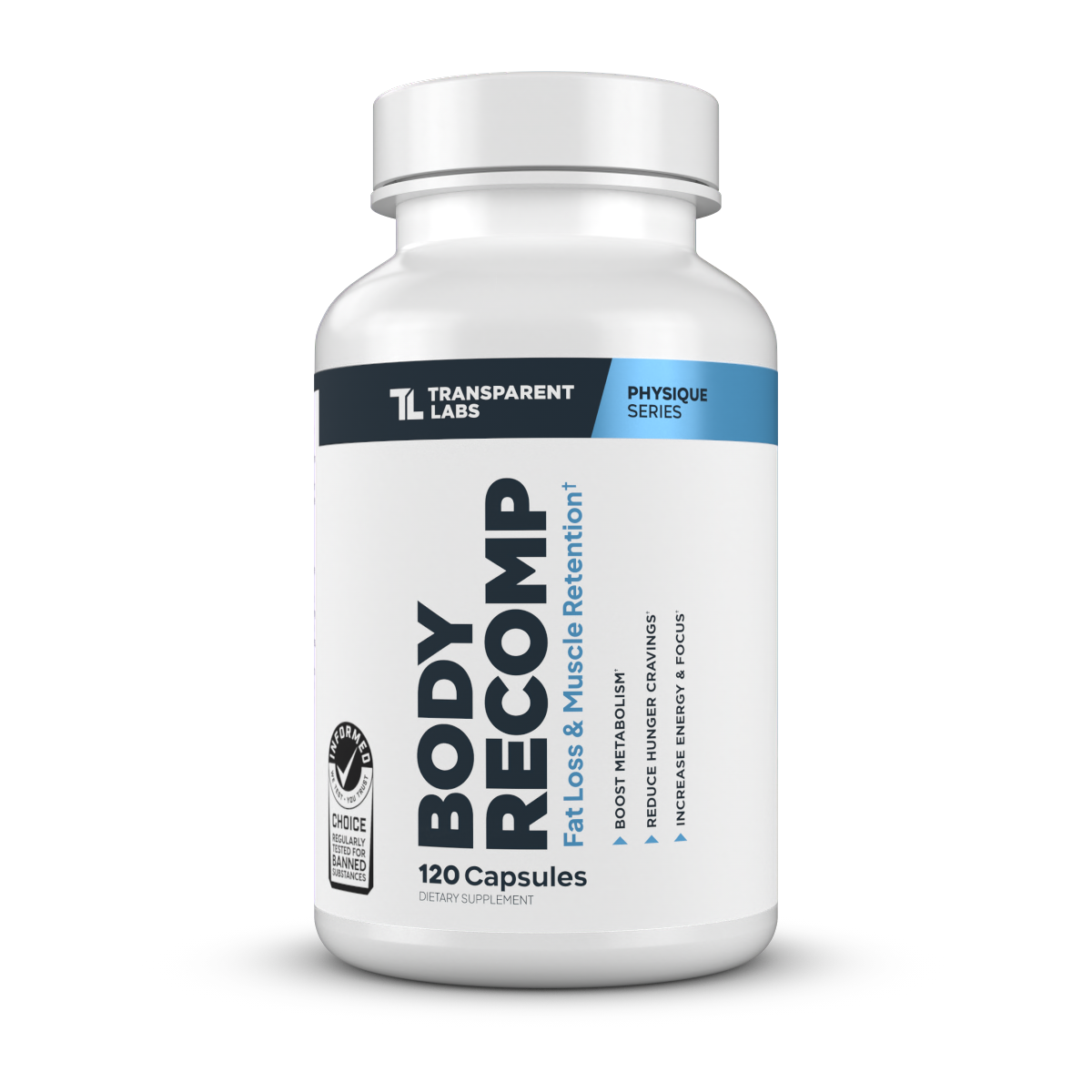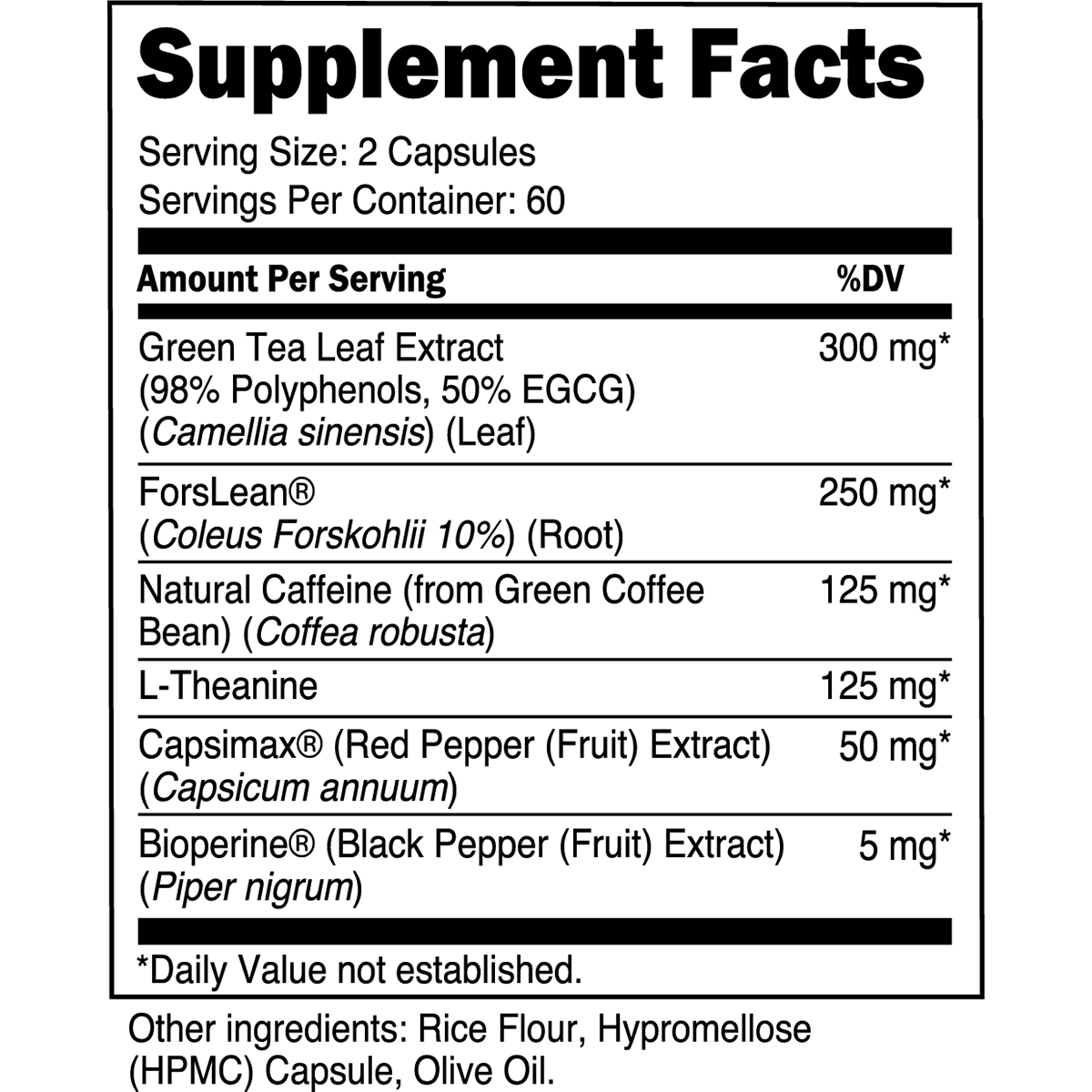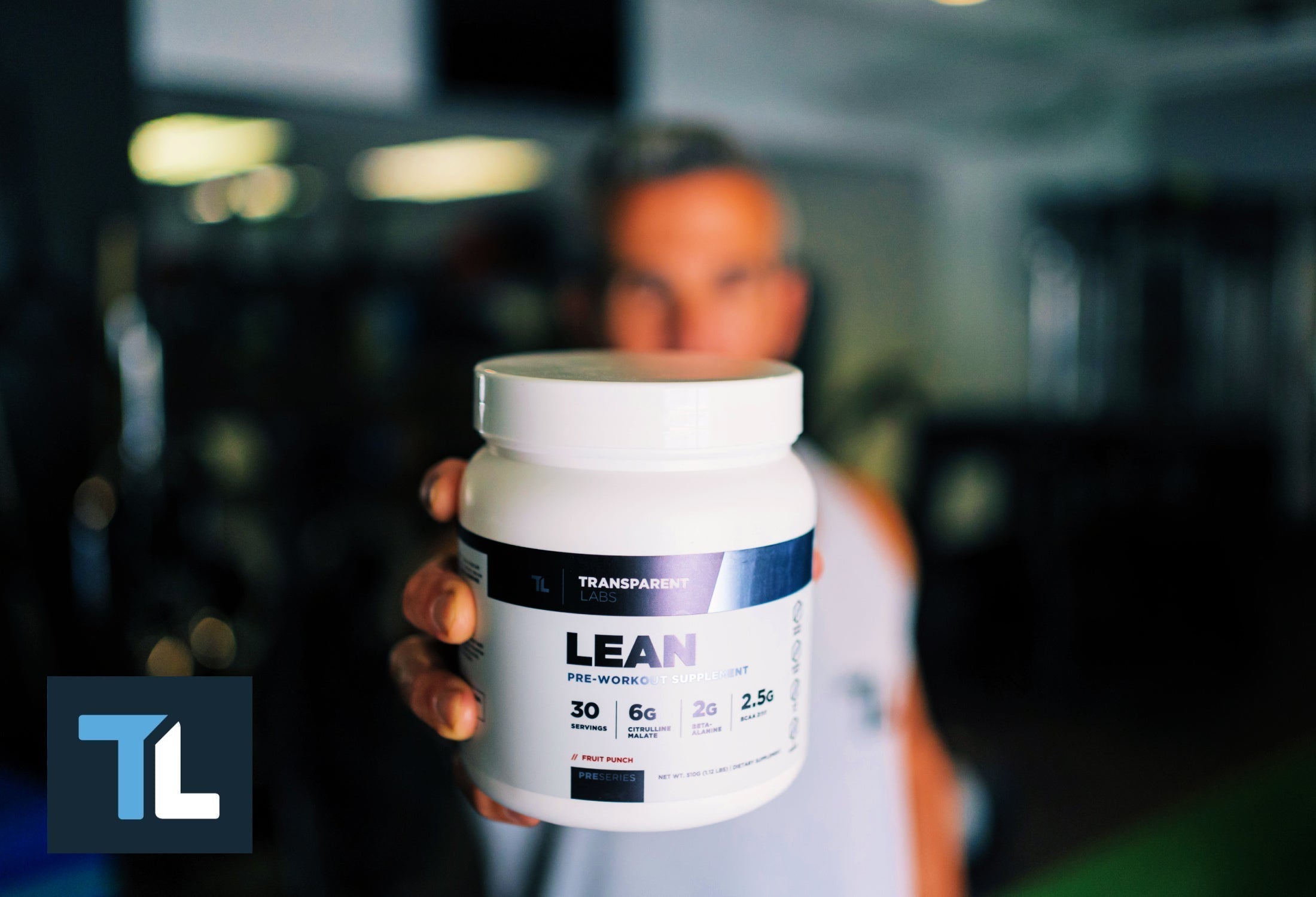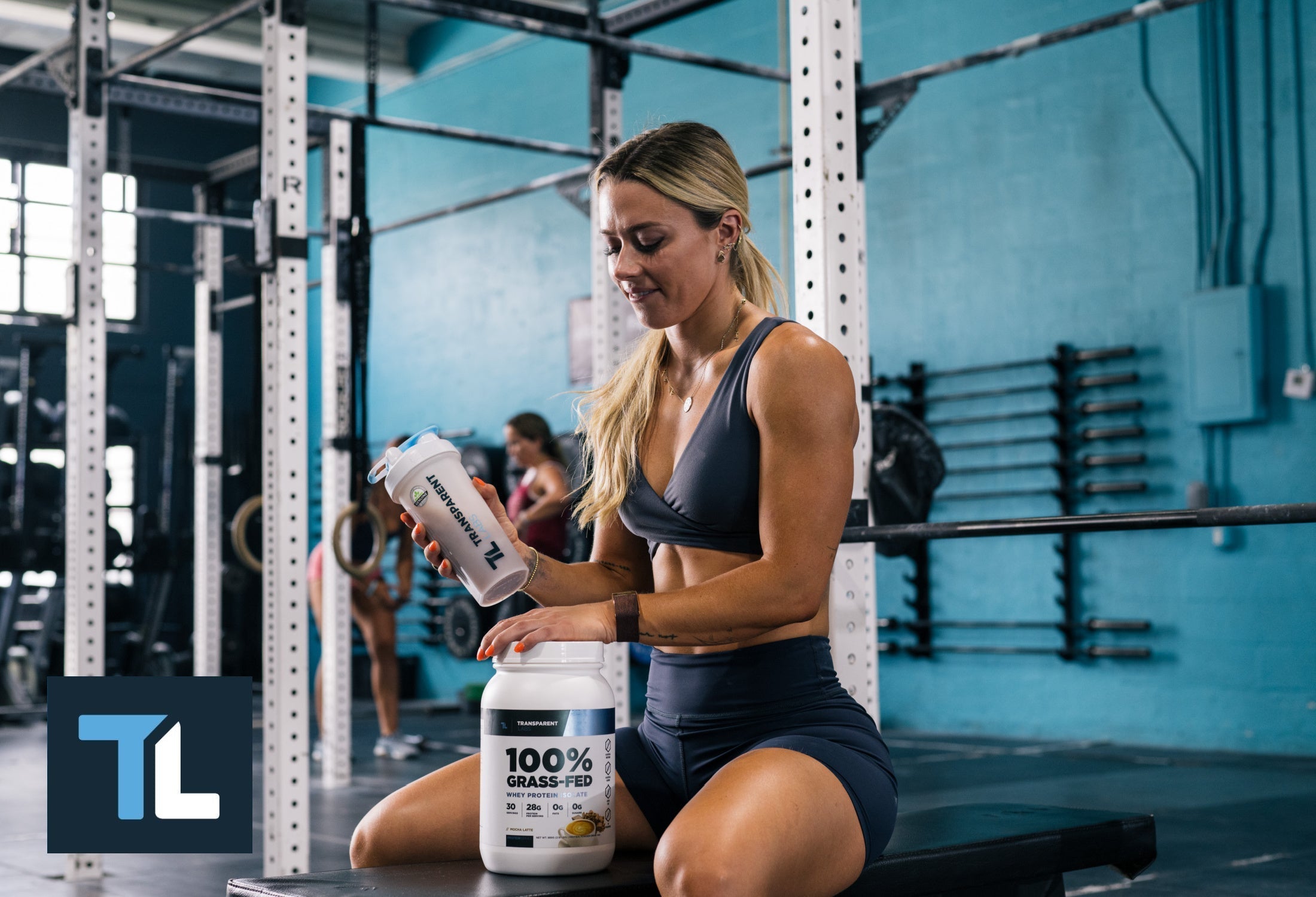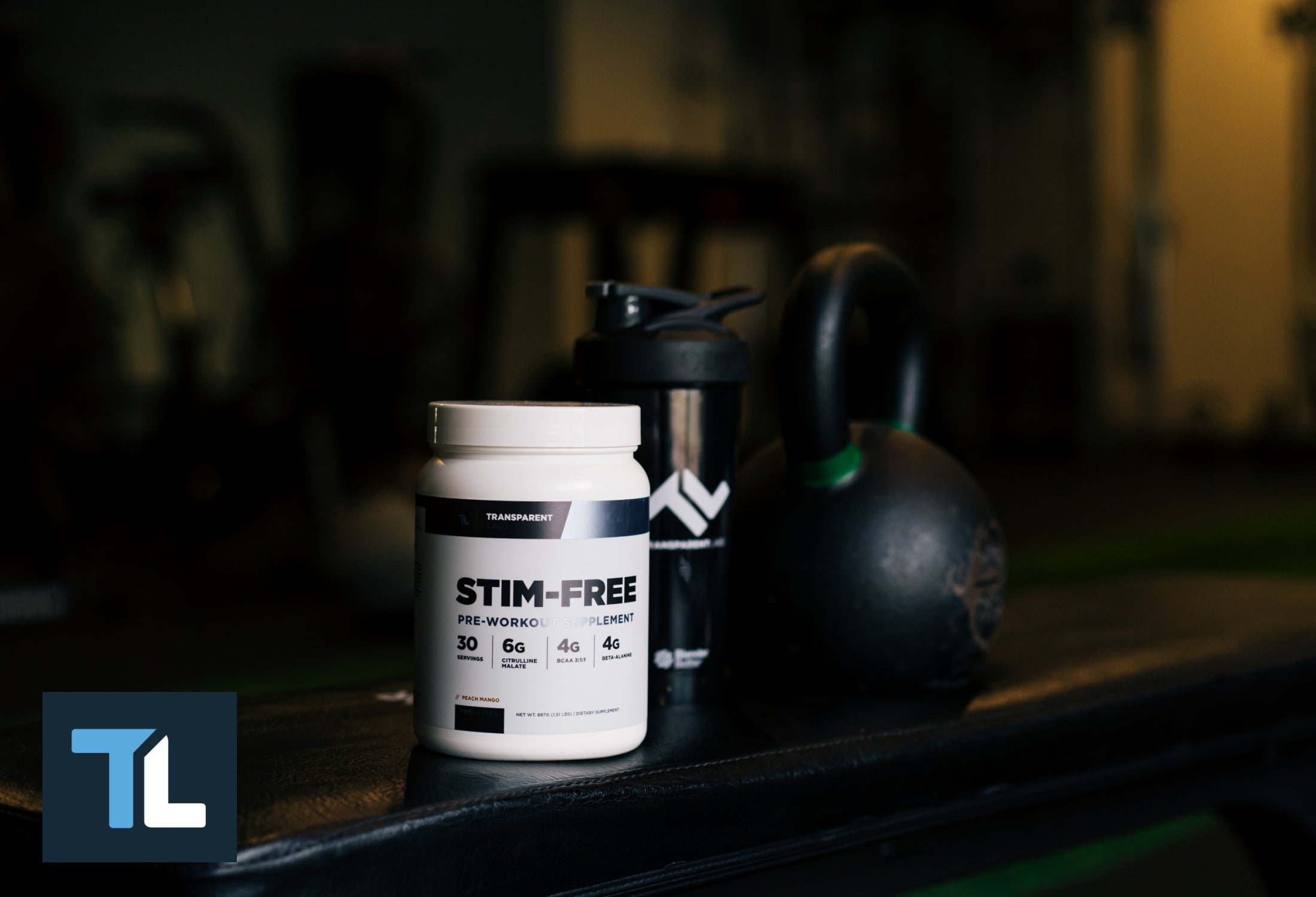You're tracking macros religiously, hitting the gym five days a week, and maintaining a calorie deficit, but the scale won't budge. Sound familiar?
If you're a fitness-focused individual trying to push past a fat-loss plateau without adding another hour of cardio, understanding thermogenesis might be the missing piece.
This isn't about finding a metabolic "hack" or magic pill. It's about understanding the four ways your body burns calories daily and how to optimize each one strategically. Whether you're curious about how to lose weight sustainably or wondering if thermogenic supplements are worth your money, this guide breaks down the science behind your body's calorie-burning machinery.
What Is Thermogenesis?
Thermogenesis literally means "heat production." Every calorie you burn generates heat as a byproduct, and this process keeps you alive. Your body maintains a narrow temperature range: a drop of 10°F or rise of 5°F can be life-threatening. Your hypothalamus acts as your internal thermostat, triggering responses like shivering when you're cold (which can increase metabolism fivefold) or sweating when you're hot.
But thermogenesis isn't just about temperature regulation. It's the umbrella term for all the ways your body expends energy, and understanding these mechanisms is crucial for anyone serious about body composition.
The Four Components of Daily Calorie Burn
Your Total Daily Energy Expenditure (TDEE) comes from four sources. Here's how they typically break down:
| Component | % of TDEE | What It Means |
|---|---|---|
| Resting Metabolic Rate (RMR) | 60–75% | Calories burned keeping you alive (breathing, circulation, cell production) |
| Thermic Effect of Food (TEF) | 10–15% | Calories burned digesting and processing food |
| Exercise Activity Thermogenesis (EAT) | 5–15% | Calories burned during structured workouts |
| Non-Exercise Activity Thermogenesis (NEAT) | 15–30% | Calories burned from daily movement (walking, fidgeting, chores) |
Understanding these ratios helps explain why two people on identical diets and workout plans can see drastically different results.
Resting Metabolic Rate: Your Baseline Burn
Your RMR is the energy required for basic physiological functions. Think of it as your body's "idle mode." Factors affecting RMR include:
- Muscle mass (muscle tissue burns more calories at rest than fat)
- Age (RMR typically declines 2–3% per decade after age 30)
- Genetics
- Hormonal status (thyroid function significantly impacts RMR)
While RMR is largely determined by factors outside your immediate control, increasing lean muscle mass through resistance training remains the most effective long-term strategy for elevating baseline calorie expenditure.
Thermic Effect of Food: Not All Calories Are Equal
Here's where macronutrient composition matters. Research on the thermic effect of food shows protein has a significantly higher thermic effect (20–30%) compared to carbohydrates (5–10%) and fats (0–3%). This means your body burns more calories processing protein than the other macronutrients.
Practical example: A 500-calorie meal with 40% protein requires approximately 100–120 calories just to digest and process. The same 500-calorie meal composed primarily of fats might only require 15–25 calories for digestion.
This is one reason high-protein diets are effective for fat loss. You're getting a metabolic advantage before considering protein's effects on satiety and muscle preservation during a calorie deficit.

Non-Exercise Activity Thermogenesis: The Underrated Variable
NEAT can vary by up to 2,000 calories daily between individuals and is inversely associated with obesity risk. Studies on NEAT and energy expenditure demonstrate that this component includes:
- Walking to your car
- Taking stairs instead of elevators
- Standing while working
- Fidgeting and spontaneous muscle contraction
- Household chores and cooking
The NEAT advantage: A sedentary office worker who stands and walks periodically throughout the day can burn an additional 300–500 calories compared to someone who remains seated. Over a week, that's 2,100–3,500 extra calories (nearly a pound of fat) without formal exercise.
If you've hit a fat-loss plateau, increasing NEAT through simple lifestyle adjustments (parking farther away, taking walking calls, using a standing desk) can restart progress without additional gym time.
Exercise Activity Thermogenesis: Quality Over Quantity
EAT represents your structured workouts: the gym sessions, runs, and training programs. While important, this typically accounts for the smallest variable portion of daily calorie burn.
The key insight: metabolic adaptation can occur during prolonged calorie restriction, potentially reducing total energy expenditure by 100–500 calories daily. Research on adaptive thermogenesis shows this explains why increasing cardio volume often yields diminishing returns during a diet. Your body downregulates NEAT and slightly suppresses RMR to conserve energy.
Strategic exercise approaches that boost thermogenesis include high-intensity interval training (HIIT) and resistance training, both of which create an "afterburn effect" (excess post-exercise oxygen consumption) that elevates calorie burn for hours post-workout.
The Truth About Thermogenic Supplements
Thermogenic supplements are designed to increase RMR and total calorie expenditure. Common ingredients include:
- Caffeine (increases metabolic rate 3–11% for several hours)
- Green tea extract (EGCG content enhances fat oxidation)
- Cayenne pepper (capsaicin temporarily boosts thermogenesis)
- L-tyrosine (supports thyroid hormone production)
Reality check: Research-backed thermogenic supplements can increase daily calorie expenditure by 50–200 calories. That's meaningful but modest. They're not a substitute for proper nutrition and training. Think of them as the final 5% optimization for someone who already has their diet, training, and lifestyle dialed in.
Who should consider thermogenic supplements:
- Individuals in a prolonged calorie deficit experiencing adaptive thermogenesis
- Those seeking an extra edge during competition prep
- People with optimized diet and training looking for marginal gains
Who should skip them:
- Beginners who haven't established consistent nutrition habits
- Anyone sensitive to stimulants
- Individuals with cardiovascular concerns (consult a physician first)

Thermal Stress: Does Training in Extreme Temperatures Help?
Popular fitness myths suggest training in saunas or cold environments burns extra calories. The reality is more nuanced.
Cold exposure: Yes, your body burns additional calories maintaining core temperature. However, performance suffers in extreme temperatures, limiting workout intensity and ultimately reducing total calorie expenditure compared to training in optimal conditions.
Heat exposure: Similar performance decrements occur. Wearing a sauna suit might increase water loss (temporary weight reduction), but it doesn't enhance fat oxidation and impairs exercise quality.
Bottom line: Create optimal training conditions to maximize performance intensity, which drives greater overall calorie burn and training adaptations.
Decision Criteria: Maximizing Your Thermogenic Potential
Ranked by impact and controllability:
- Increase protein intake (aim for 0.8–1g per pound bodyweight)
- Build lean muscle mass through progressive resistance training
- Increase NEAT through lifestyle modifications
- Optimize sleep and manage stress (both influence hormones affecting RMR)
- Strategic use of caffeine (timed around workouts for performance and thermogenic benefit)
- Consider research-backed thermogenic supplements only after fundamentals are in place
How to Choose Your Thermogenic Strategy
Checklist:
- ✓ Are you in a consistent calorie deficit with adequate protein?
- ✓ Have you been tracking intake and expenditure for at least 4–6 weeks?
- ✓ Is your training program progressive and challenging?
- ✓ Are you averaging 7+ hours of quality sleep nightly?
- ✓ Have you maximized NEAT opportunities throughout your day?
If you answered "no" to any of these, address those areas before considering supplements. If you've checked all boxes and still need an edge, evidence-based thermogenic formulations may provide modest additional benefit.
Frequently Asked Questions
Can thermogenesis help me lose weight without exercising?
Thermogenesis is already happening. It's how your body burns calories. While increasing RMR through supplements or dietary changes can create a small additional deficit, sustainable fat loss requires addressing all TDEE components, particularly NEAT and exercise.
How much does protein really increase thermogenesis compared to other macros?
Protein requires 20–30% of its calories for digestion and processing, while carbs require 5–10% and fats require 0–3%. This means a 100-calorie protein source effectively provides around 75 usable calories, whereas 100 calories from fat provides around 97 usable calories.
Do thermogenic supplements actually work?
Research supports that specific ingredients (caffeine, green tea extract, capsaicin) can modestly increase metabolic rate and fat oxidation. Effects are typically 50–200 additional calories burned daily. That's meaningful over time but not transformative without proper diet and training.
Why did my fat loss stall even though I'm eating less?
Adaptive thermogenesis. Your body responds to prolonged calorie restriction by reducing NEAT, slightly suppressing RMR, and improving metabolic efficiency. This is a normal survival mechanism. Strategic diet breaks and increased protein intake can help mitigate these effects.
Is NEAT more important than formal exercise for fat loss?
Both matter, but NEAT offers unique advantages. It can account for 2,000+ calories difference between sedentary and active individuals, varies day-to-day based on lifestyle choices, and doesn't create the same fatigue or recovery demands as formal exercise. The best approach combines both.
Can I "boost" my metabolism permanently?
Building muscle tissue elevates RMR long-term since muscle is metabolically active. However, claims of "boosting metabolism by 50%" are unrealistic. Focus on sustainable increases through strength training, adequate protein, and maintaining NEAT levels.

